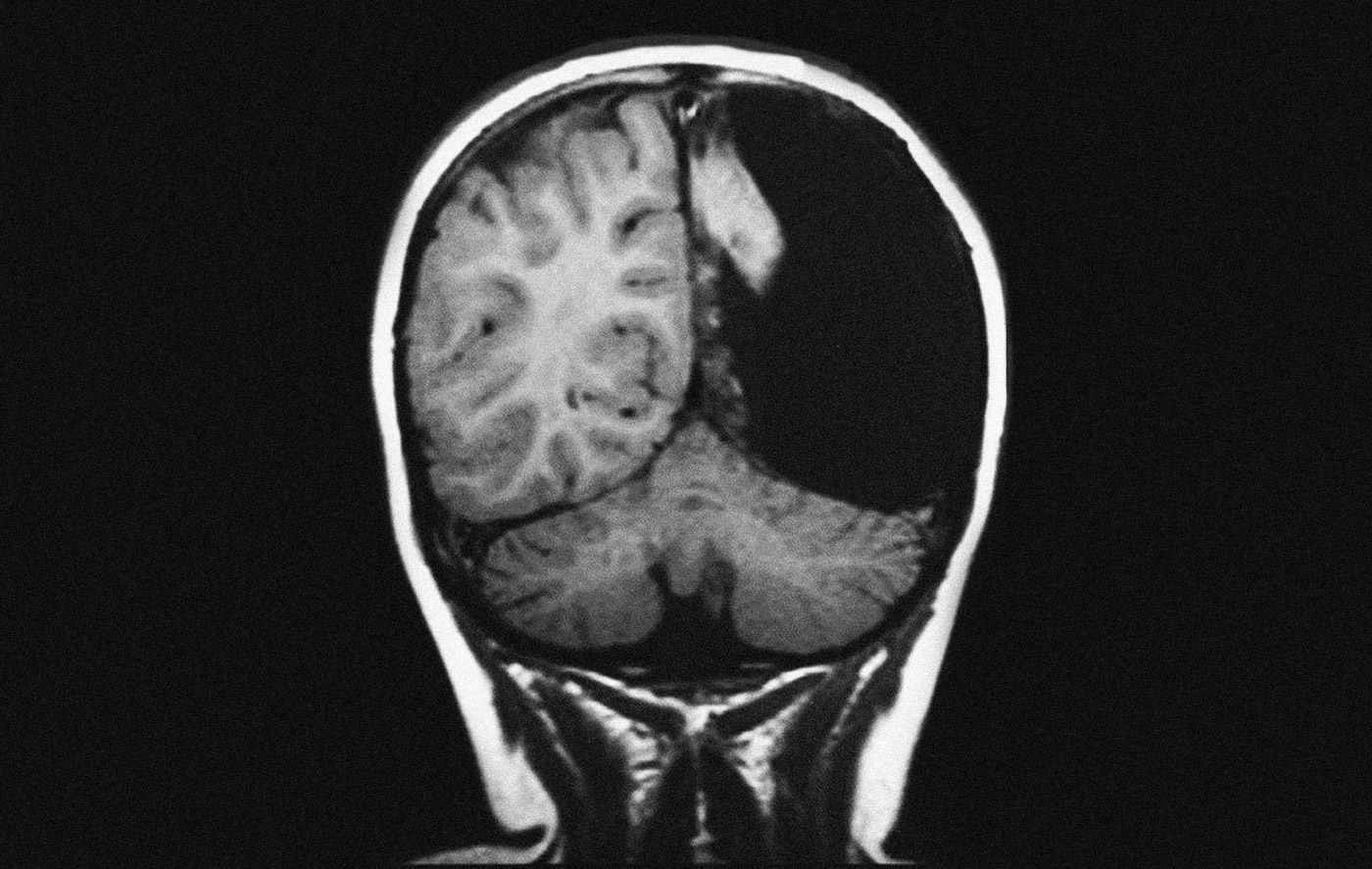© 2020 All Rights Reserved. Do not distribute or repurpose this work without written permission from the copyright holder(s).
Printed from https://www.damninteresting.com/curio/its-not-rocket-science/

One of the most dramatic surgical procedures still performed on human patients is the hemispherectomy, or the removal or disabling of half of the brain. It is a last-resort strategy often used to put an end to severe seizures; for 75 percent of the patients, the seizures stop entirely following the surgery.
Most of the patients who undergo hemispherectomies are very young; children’s brains are still developing and can therefore work around brain damage much more readily than adult brains can. The right hemisphere of a child can take on the tasks that the left hemisphere would have dealt with, even most of the functions of language. Hemispherectomies do often cause partial paralysis on one side of the body, but there is no evidence that a hemispherectomy in a young child undermines memory, cognitive functioning, or even personality.
On rare occasions, a hemispherectomy is necessitated by trauma. In 1987, 14-year-old Ahad Israfil of Ohio was accidentally shot in the right side of his head. Most of the right hemisphere of his brain was destroyed, but Israfil survived five hours of surgery and attempted to speak shortly after regaining consciousness. He remained in a wheelchair, but ended up graduating from college with an honours degree. He lived until 18 October 2019, when he died in a nursing home at the age of 47.
© 2020 All Rights Reserved. Do not distribute or repurpose this work without written permission from the copyright holder(s).
Printed from https://www.damninteresting.com/curio/its-not-rocket-science/
Since you enjoyed our work enough to print it out, and read it clear to the end, would you consider donating a few dollars at https://www.damninteresting.com/donate ?
For once, I actually knew about this topic beforehand, but I did not know about Israfil.
Thanks for the additional information.
As someone who had a functional hemispherectomy (transylvaine keyhole) and corpus callosotomy reporting no chqnges in memory or cognition is a straight up lie. I highly suggest checking your sources against facts rather than what the ‘epilep$y foundation’ posits.